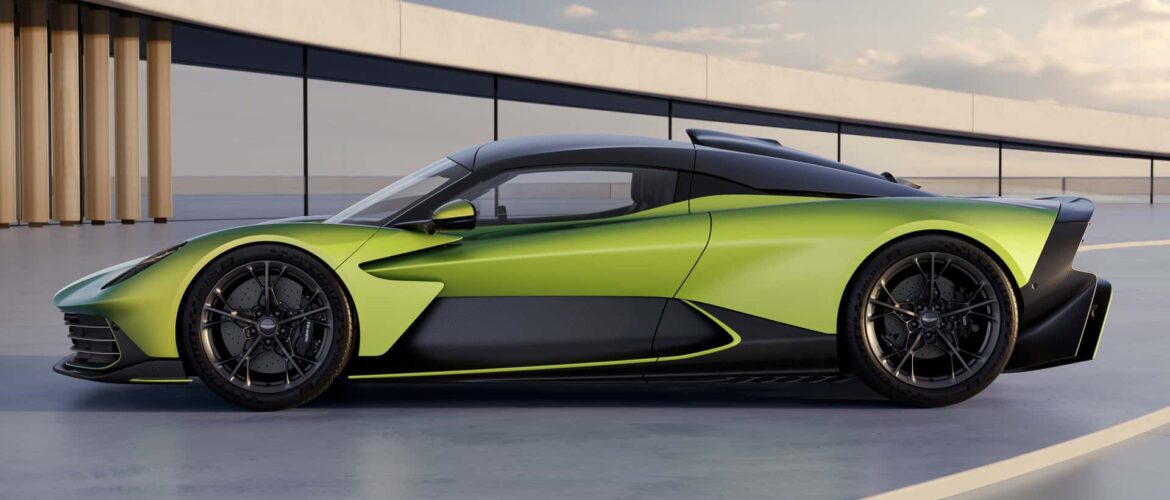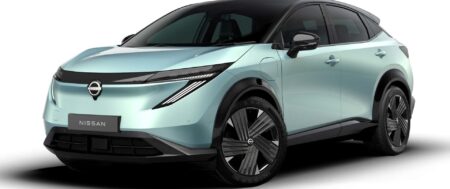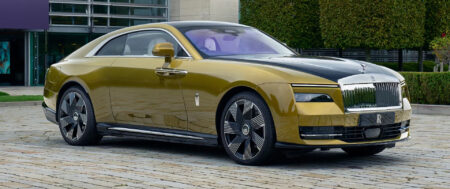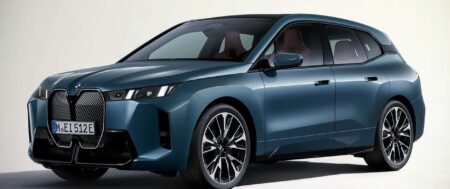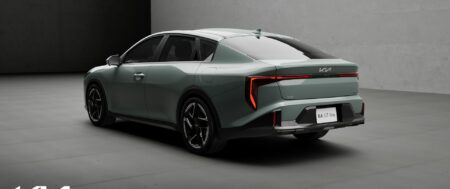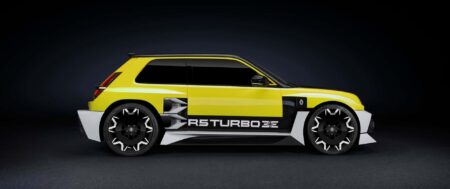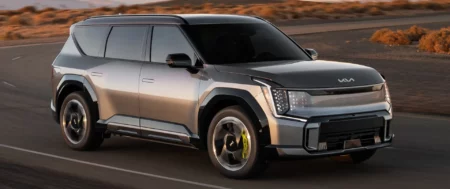Five years in the making, the Aston Martin mid-engine hybrid Valhalla is finally here with 1,064 horsepower and a top speed of 217 mph.
The Aston Martin Valhalla’s origin story goes clear back to 2019 with the AM-RB 003 concept. If this were normal times—and a normal car—we might be talking about a mid-cycle refresh at this point. Instead, Aston has officially revealed its long-awaited mid-engine supercar after years of delays. Was it worth the wait?
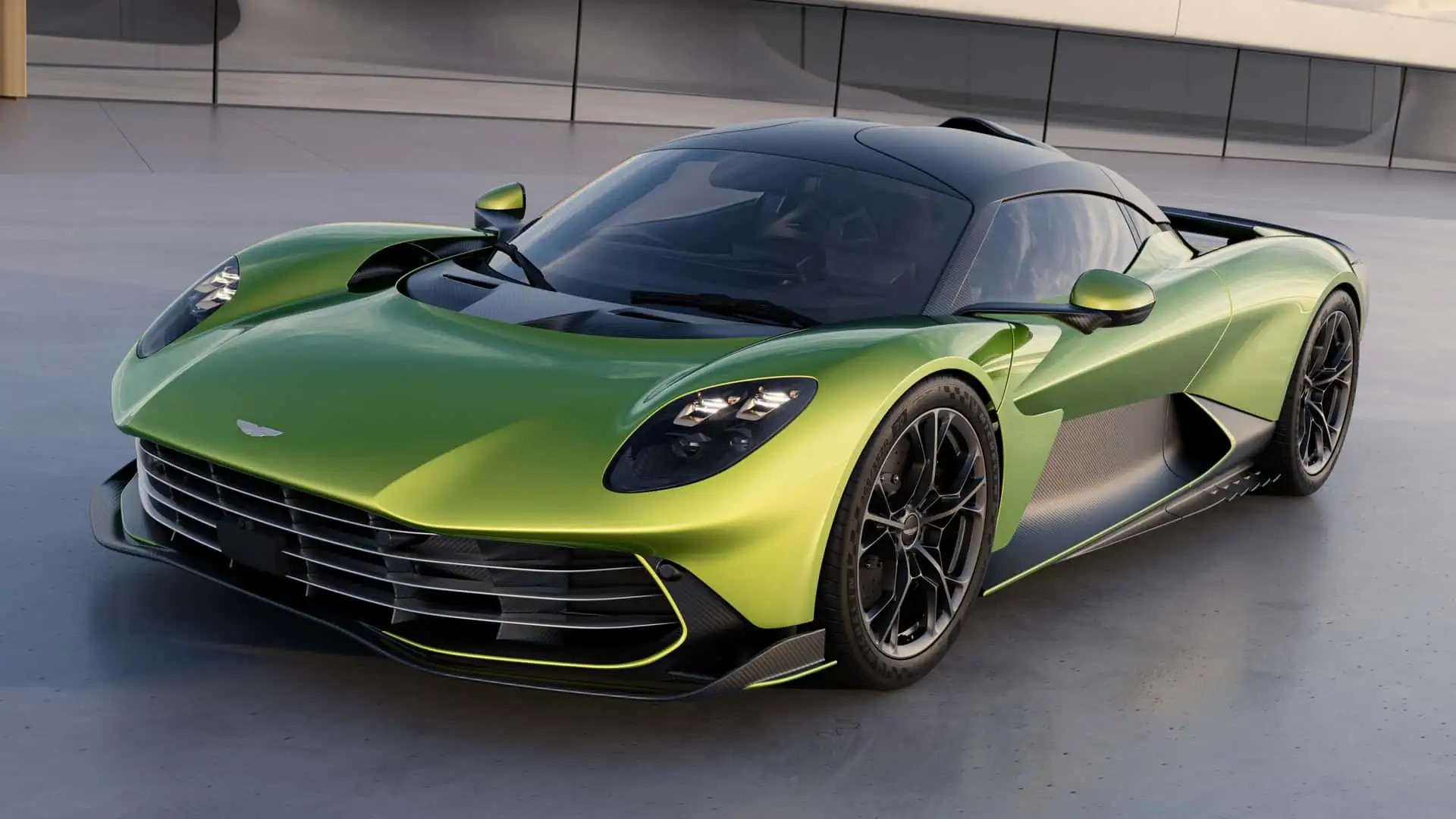
We won’t have a definitive answer until we get some time behind the wheel, but the stats are compelling. There’s 1,064 combined horsepower from its plug-in hybrid powertrain, a bit more than previously expected. The vast majority—817 hp—comes from the twin-turbocharged 4.0-liter V-8 mounted behind the driver’s head.
This isn’t simply an over-boosted version ripped from the DBX707. There’s a flat-plane crankshaft in there, spinning new pistons and incorporating a dry sump lubrication system. It has bespoke camshafts and a new ignition system. Upgraded turbochargers fill the cylinders.
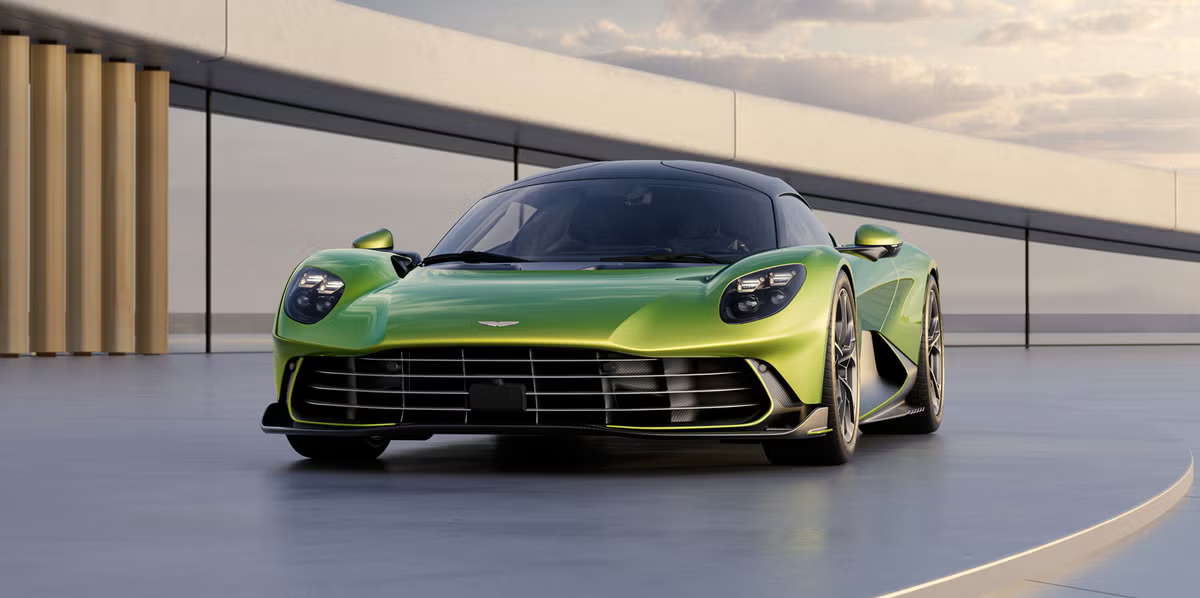
The remaining power arrives courtesy of three electric motors. One is integrated with the eight-speed dual-clutch transmission, serving primarily as a starter and generator to charge the battery pack. The other two are up front, turning each wheel for all-wheel-drive grip. The motors can operate independently for torque-vectoring wizardry on a race track, or you can punch up EV mode and drive for 8.6 miles at speeds up to 80 mph. Only the front motors are active in electric operation, and since the Valhalla has no reverse gear, they’re responsible for backing up the supercar.
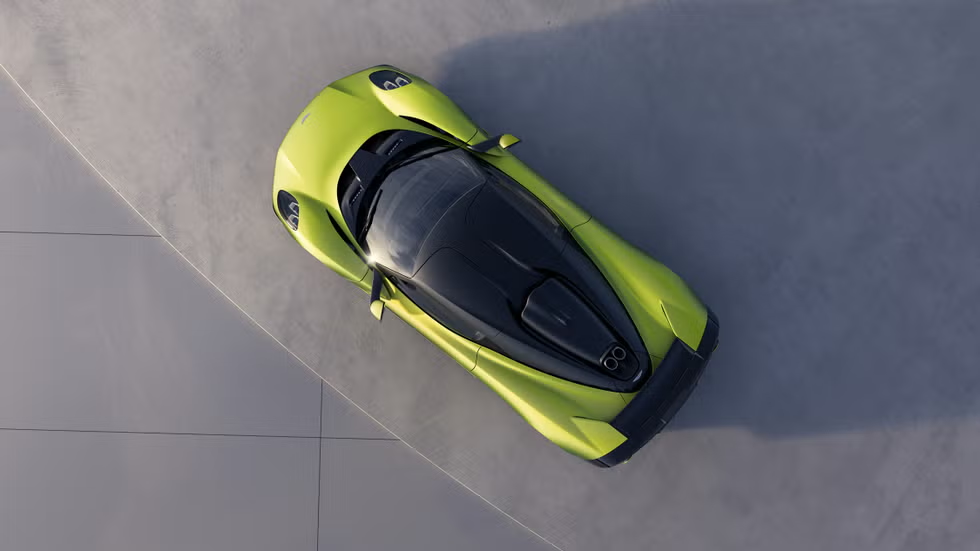
With everything working together, Aston Martin says the Valhalla reaches 62 mph in a “predicted” 2.5 seconds. Keep the pedal floored and you’ll top out at 217 mph, a figure made possible by the car’s active aero system. In most driving situations, the big rear wing remains down to preserve the Valhalla’s clean exterior design. Switch to race mode, and it rises up rather dramatically. The front lip also extends out further, increasing downforce to a maximum of 1,322 pounds at 149 mph. From there, wing angles are automatically adjusted to maintain that force as speeds increase.
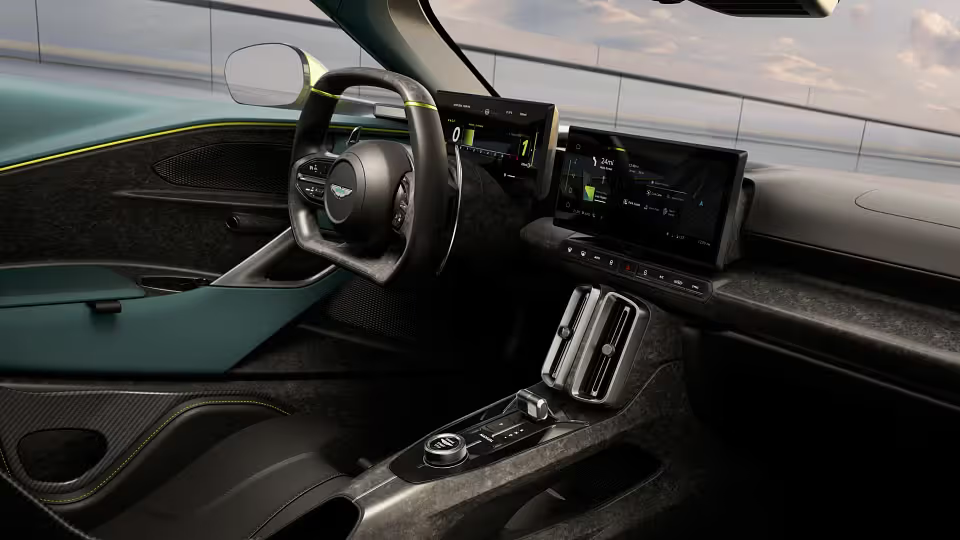
Aston Martin’s Integrated Vehicle Dynamics Control (IVC) system does all the calculations and makes the adjustments, which includes a full extension of the wings for air brakes. IVC also manages suspension, steering, brakes, and torque vectoring, all of which vary between the four available drive modes. Race mode, meanwhile, shuts off the assists for an unrestrained experience. The other two options are Sport+ or Sport, the default setting for Valhalla.
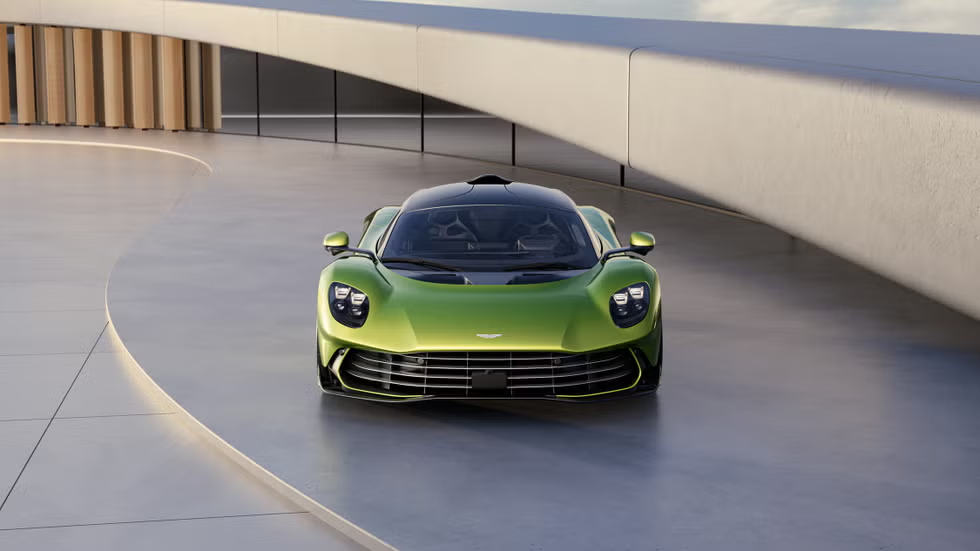
Underneath the smooth mid-engine shape is a five-link rear suspension and an F1-inspired pushrod front suspension. Mounted inboard, it provides better control while opening up space for the electric motors. Both suspension setups are mounted to aluminum subframes, which connect to the Valhalla’s carbon monocoque. Aston Martin lists a dry weight of 3,648 pounds—not bad for a three-motor AWD hybrid.
Six-piston Brembo calipers clamp 16.1-inch carbon ceramic discs in front, officially the largest brakes ever fitted to a production Aston Martin. Four-piston calipers with 15.3-inch brakes are at the back, bolted behind 21-inch wheels. The front has 20 inchers, all shod with Valhalla-specific Michelin Pilot Sport Cup 2 tires.
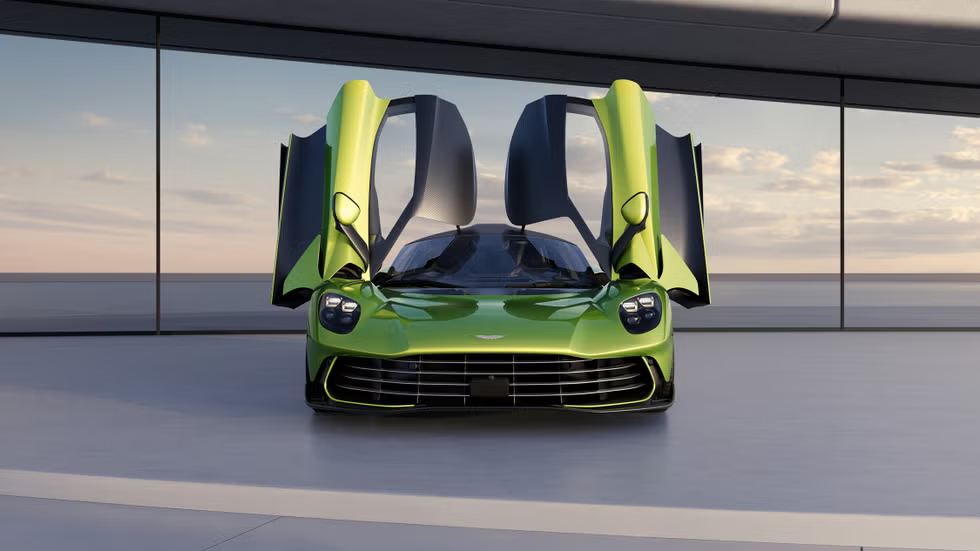
The interior looks rather spartan compared to other Aston Martin models. Butterfly doors open to reveal a sea of exposed carbon, and there’s a stubby F1-inspired steering wheel. The dash is actually a carbon-fiber brace spanning the width of the cabin, on which two digital displays are mounted. The floor is elevated and seats reclined to embody a racing feel, and occupants sit in aggressive buckets, each with a single carbon fiber frame. But this car isn’t without creature comforts—namely the Bowers & Wilkins stereo, Alcantara trim, satellite navigation, and Apple CarPlay.
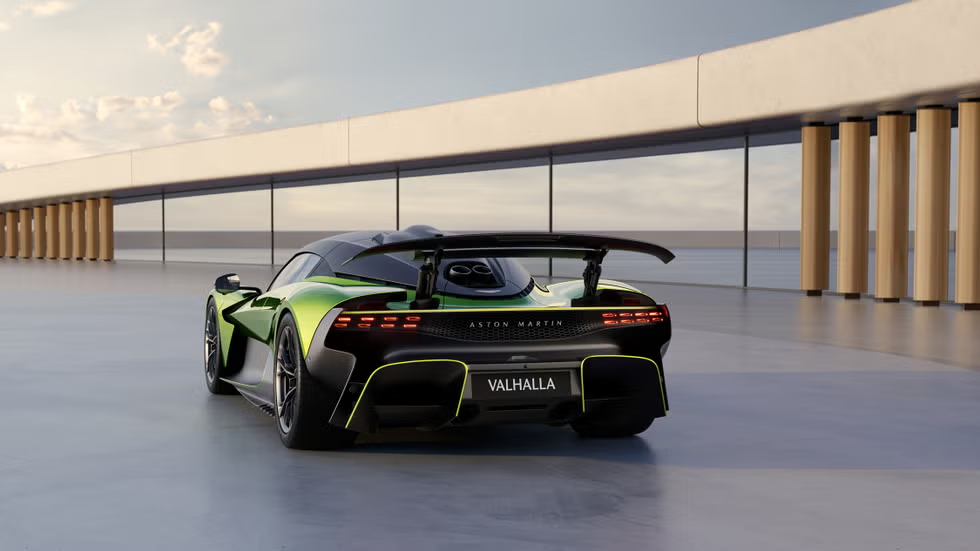
“With the next generation of sports cars launched to critical acclaim, we are now adding the first ever mid-engine series production Aston Martin to our portfolio, the ultimate driver’s supercar,” said Aston Martin CEO Adrian Hallmark. “On paper and on-track Valhalla delivers the most driver-focused, technologically advanced supercar, with true hypercar performance and yet on the road it is as useable and enjoyable as any Aston Martin. A unique proposition, designed to be the most elegant and exciting product in the market.”
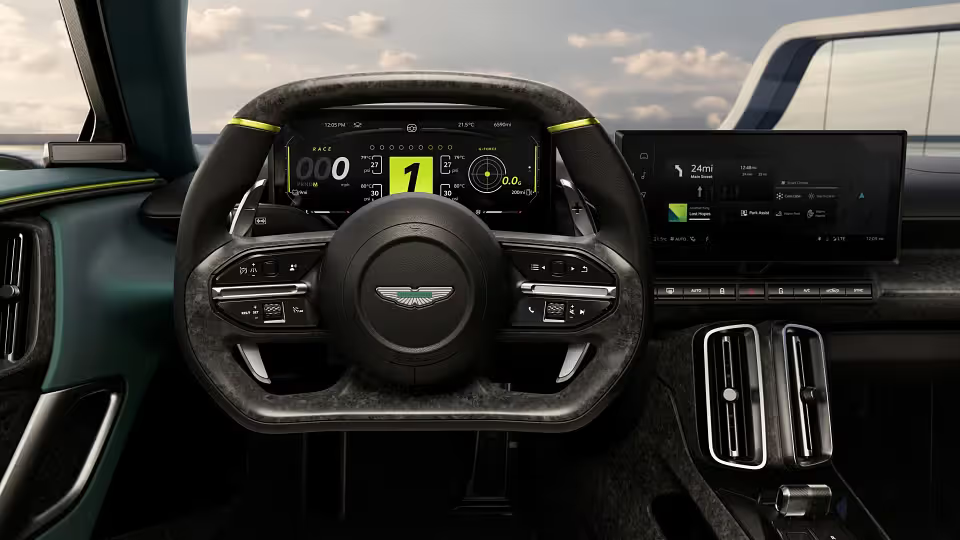
Aston Martin Valhalla production begins in the second quarter of 2025. Pricing isn’t mentioned, and just 999 examples will ultimately be built. You can configure yours now on Aston Martin’s website.
